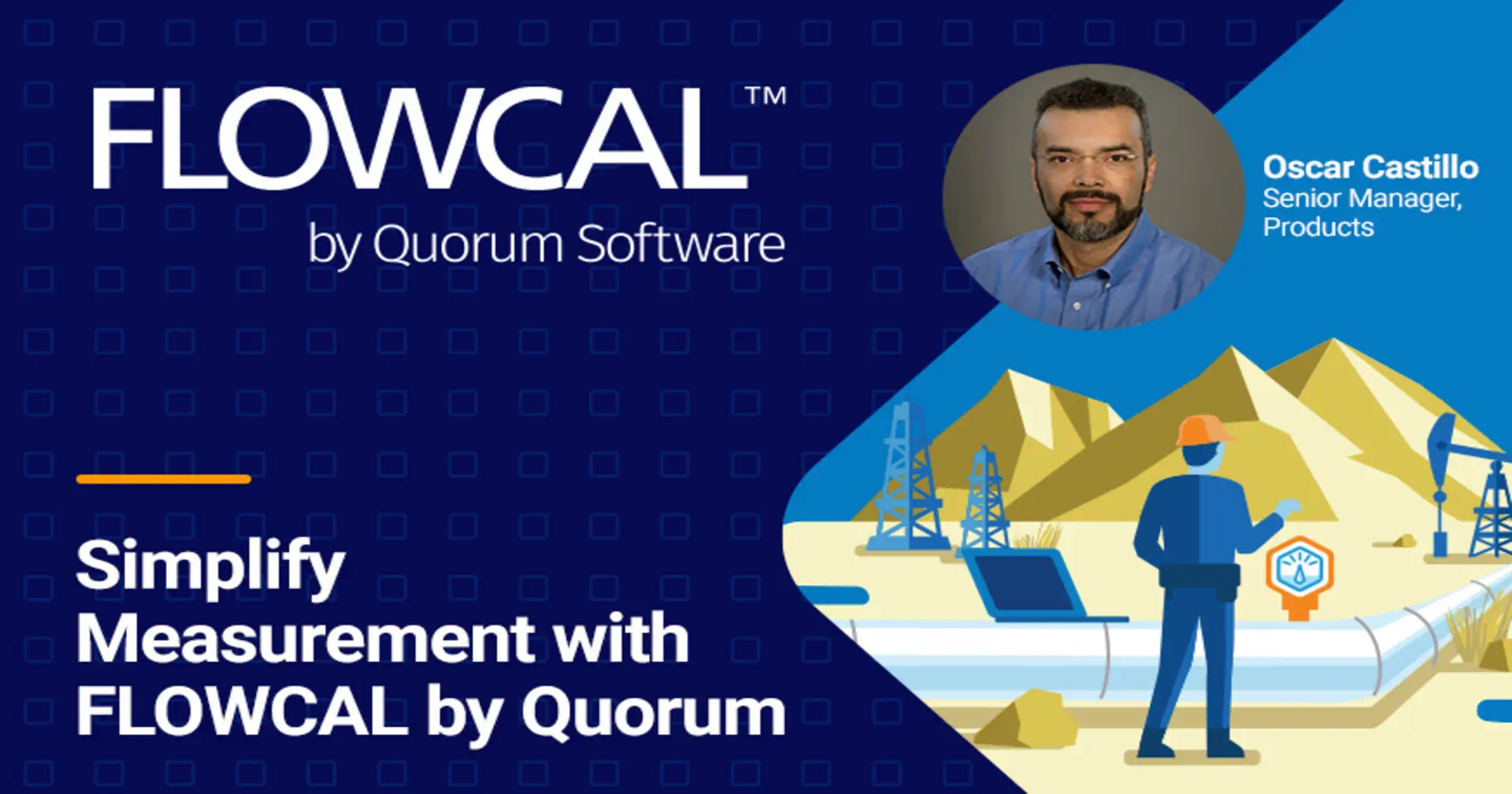Today I would like to discuss how FLOWCAL continues its drive to simplify measurement processes with the release of the 10.3 version.
FLOWCAL is the most robust hydrocarbon measurement app in the business. At the heart of its robustness is its ability to streamline processes due to decades of development, deep industry knowledge, and the expertise from our extensive customer base. The ultimate goal of FLOWCAL is to reduce steps and automate the measurement data management process to allow measurement analysts to concentrate on what matters, making sure measurement data meets all requirements and regulations and is as accurate as it can be to maximize value.
Let us begin with a small yet powerful feature, Copy/Paste into disjointed missing data. An example of a potential use case is we have Producers who usually contend with the most challenges in dealing with measurement data. Producers tend to have a high number of measurement points, often in unhospitable geographical areas. Both circumstances increase the chances of having random, disjointed garbage or missing data that must be manually estimated/edited month in and month out. Measurement Analysts can now paste data to disjointed records as opposed to having to do one paste operation for each garbage record resulting in large time savings.
The next topic I want to discuss is Calculated Quality Sources. Sometimes there are measurement points that do not have any kind of sampling, such as online chromatographs or manually taken samples. The product being measured is the combination of two or more streams. An example is a Gas pipeline measurement point that flows the combination of two or more upstream inlets. Another example is an NGL pipeline linefill segment holding and combining two or more NGL compositions. The FLOWCAL solution to this problem is the use of Calculated Quality Sources that allow the measurement analyst to combine two or more samples and create a new flow-weighted sample to be applied to the before-mentioned measurement points. Strict measurement practice dictates that a relevant and current sample must be used to obtain the best possible volume and, therefore, the best possible system balance. A combined sample does not have to be calculated outside the measurement system because Calculated Quality Sources automate and simplify that work.
Another way FLOWCAL simplifies life for measurement professionals is via its best-in-class data validation engine. FLOWCAL 10.3 expands the already strong suite of validations with the release of User-Configurable for Liquids Tickets. Tickets in FLOWCAL comprise specialized measurement types such as meters, scales, tanks, rail cars, and caverns. This release targets metered tickets specifically, and it lays down the foundation for other ticket types. Users can now set up validation templates that allow validations of hundreds of data points that affect measurement. Ensuring Ticket data integrity is now simpler than ever because one or more Validation Templates can be assigned and applied to tickets allowing for a deeper inspection and verification of the data.
Continuing with simplifying measurement, FLOWCAL now offers a Data Archival feature. It is something our user community has been asking for and works in the background, and is transparent to the user. Measurement data is usually comprised of hourly records, and that combined with a large meter counts leads to very large databases. Data Archival can be configured to archive and delete obsolete data in a fully automated way. It allows the Database Administrator to manage a constant database size, thus simplifying maintenance routines such as backup, restore, and application upgrades.
Finally, I want to tell you about Enterprise Integration. Quorum’s app ecosystem encompasses the entire hydrocarbon market, and data usually flows from one app to another. An example of this data dependency is FLOWCAL feeding data to TIPS and potentially other third-party apps. Historically, the data feeds relied on custom interfaces created by Quorum or the customer. Enterprise Integration is our standard offering to interface FLOWCAL to TIPS data feeds in a seamless fashion. Our customers' life is now simplified because they will rely on off the shelf standard apps and features with the assurance of future compatibility.
I hope my discussion provided a good perspective on how the latest FLOWCAL version can help gain more efficiencies so you can provide more value to your company. For more information, watch our webinar, “Simplify Measurement with FLOWCAL 10.3.”

 Previous Page
Previous Page